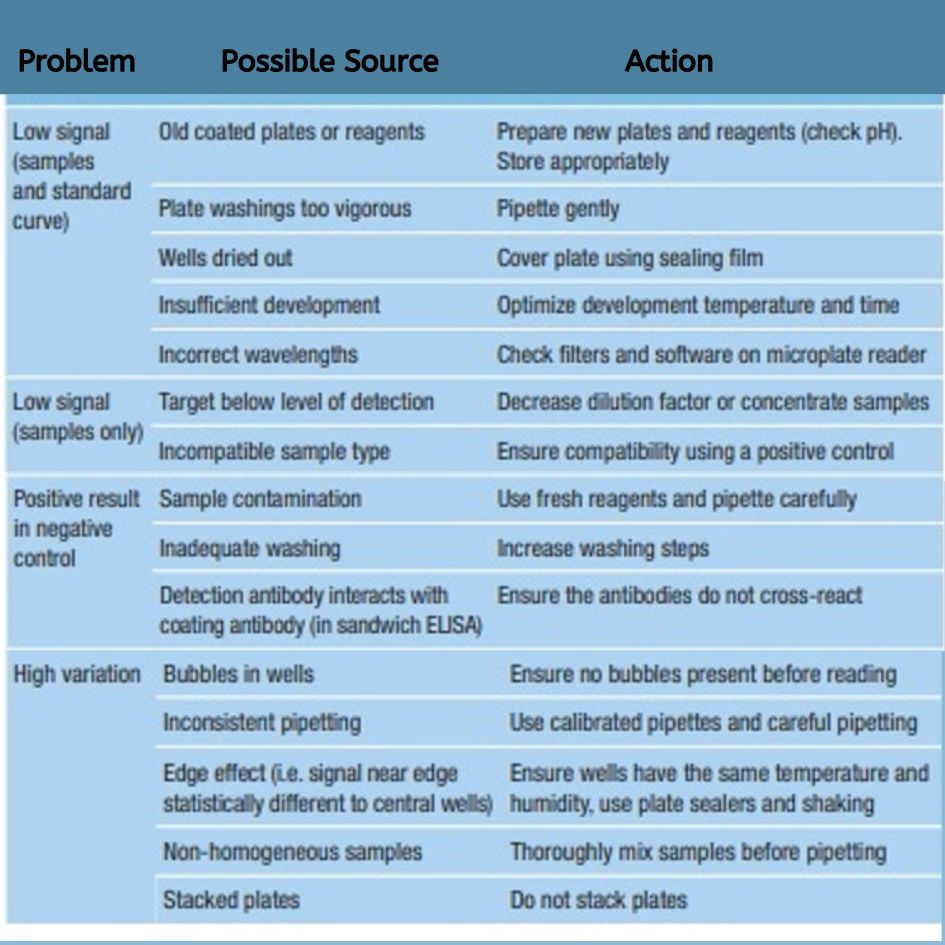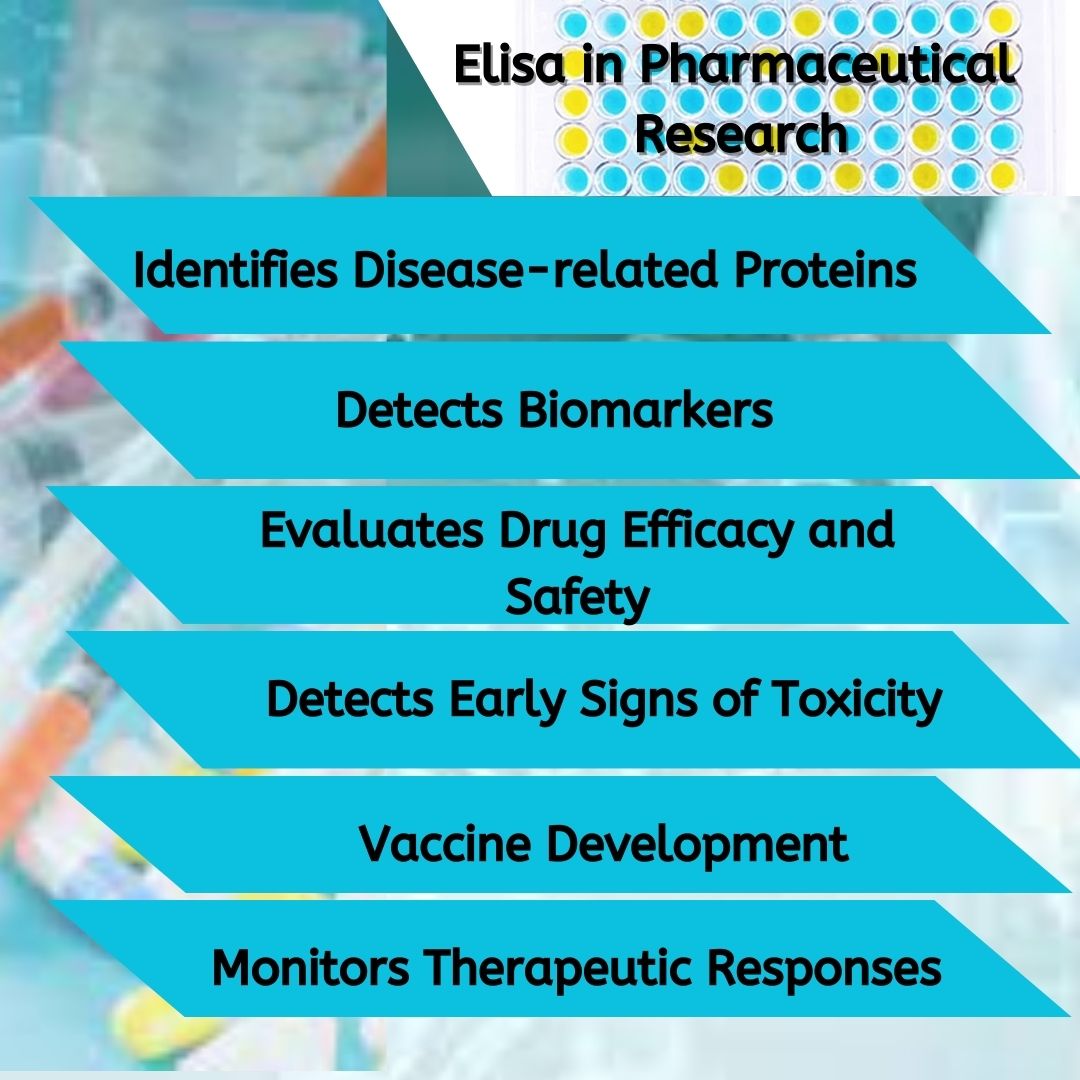
ELISA Sensitivity and Specificity
Sensitivity reflects a test’s ability to correctly identify individuals with a disease or condition, while specificity measures its ability to correctly…
Sips Surge

ELISA Evolution
Key Milestones 1941 – Introduction of Immunofluorescence In 1941, Albert H. Coons and his team were the first to label antibodies with a fluorescent…

ELISA: Data Analysis and Interpretation
How to Analyze ELISA: 1. Run samples in duplicates or triplicates to ensure statistical accuracy. Average the readings for each standard, control, and sample,…

ELISA: Qualitative vs. Quantitative
ELISA plays a crucial role in various experiments, case studies, and surveys, where precise measurement and interpretation of data are essential. There are two…

Advancements in ELISA Assay Technology
Advancements in ELISA technology have introduced precision and innovation, significantly enhancing its sensitivity and specificity for detecting and quantifying target proteins across a variety…

Comparing Other Immunoassay with Elisa
ELISA RIA Basic Principle Uses enzymes linked to antibodies. Detection is based on a color change or light emission from an enzyme-substrate reaction. Uses…

ELISA Assay Challenges
ELISA assays, while widely used and effective, face several challenges that can impact their accuracy and reliability. Key issues include cross-reactivity, where non-target proteins…

Best Practices for ELISA Sample Handling
In ELISA, documentation is critical for tracking validation steps and ensuring consistency throughout the process. Proper labeling of samples and reagents is essential to avoid mix-ups. Using a calibrated pipette for accurate measurements helps…

Choosing the Right ELISA Kit
Selecting the right ELISA kit is crucial for accuracy, precision, and reliable results in detecting and quantifying specific antigens or antibodies. The selection of…

ELISA Sensitivity and Specificity
Sensitivity reflects a test’s ability to correctly identify individuals with a disease or condition, while specificity measures its ability to correctly identify those without…

Elisa Assays in Pharmaceutical and Biotechnological Research
Role of ELISA in Pharmaceutical Research: ELISA helps identify a potential range of biomarkers essential for drug development, clinical trials, and post-market surveillance. For…